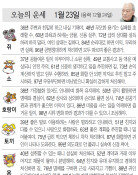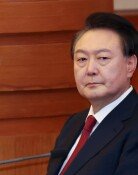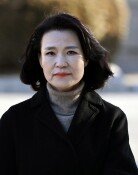Half of the University Applicants will be Admitted through Irregular Admission Process
Half of the University Applicants will be Admitted through Irregular Admission Process
Posted February. 21, 2005 22:14,
For the 2006 academic year, 201 nationwide (four-year) universities will select about half of the candidates (48.3 percent) through irregular student admission methods.
The CSAT usually applies a form of 3+1, in which an inquiry section
(one chosen topic among natural science, social studies and vocation) is added to the Verbal (Korean), mathematics or foreign language (English) sections, or it applies a 2+1 form, in which it reflects the scores of the verbal (Korean), foreign language or social studies inquiry sections or the scores of the mathematics, foreign language and natural science sections, according to the departments of the high schools.
The CSAT offers only a standard score, a 100-point scaled raw score and grade of the applicants, and many universities give additional points to mathematics section Ga, or to the natural science section in the science and engineering sections to social science applicants.
The Korean Council for University Education announced the Major Principles of the 2006 University Admissions Program on February 18.
The total recruitment quota for 2006 is 389,584, reduced by 6625 compared to last year; the total quotas for irregular admission in the first and second semester are 26,849 and 161,364 respectively, while the total admission quota for regular admission is 201,371.
The rate of irregular admission increased to 48.3 percent from 44.3 percent of last year. The reasons for this is because universities attract superior students through early admission programs and expand irregular admission in order to prevent the shortage of applicants, due to the drop in the number of the candidates for universities.
For more information, you can find details at the Korean Council for University Education (univ.kcue.or.kr) or at www.donga.com.
In-Chul Lee inchul@donga.com







